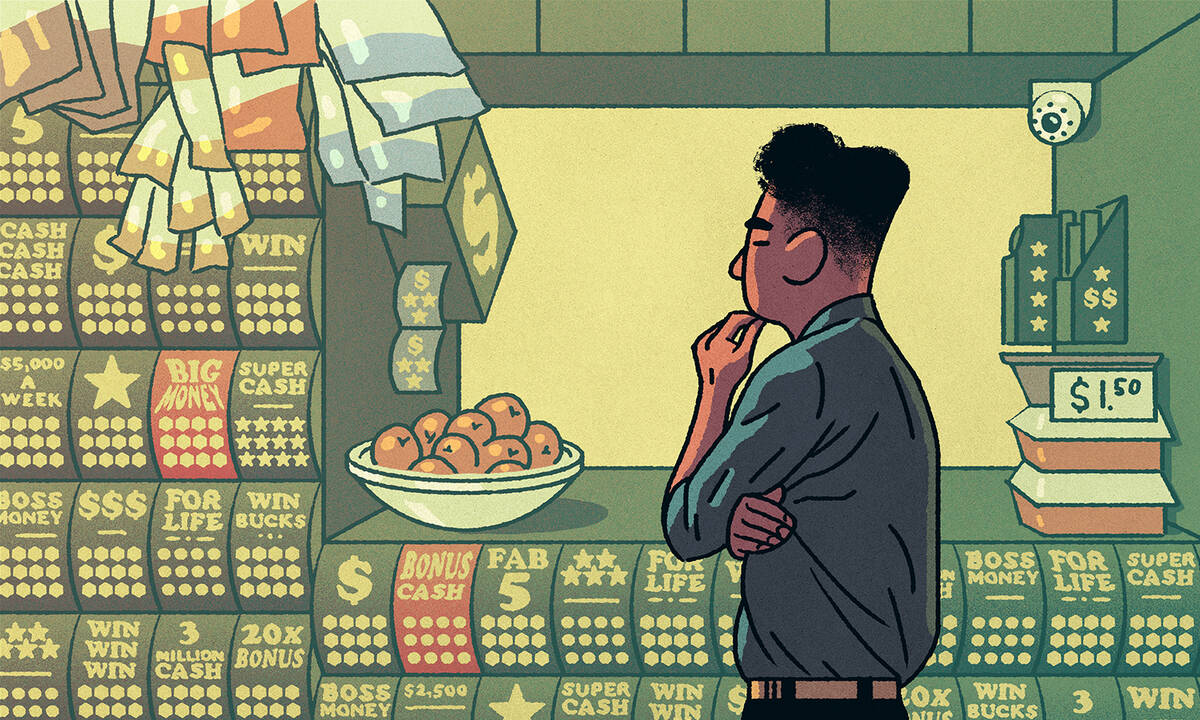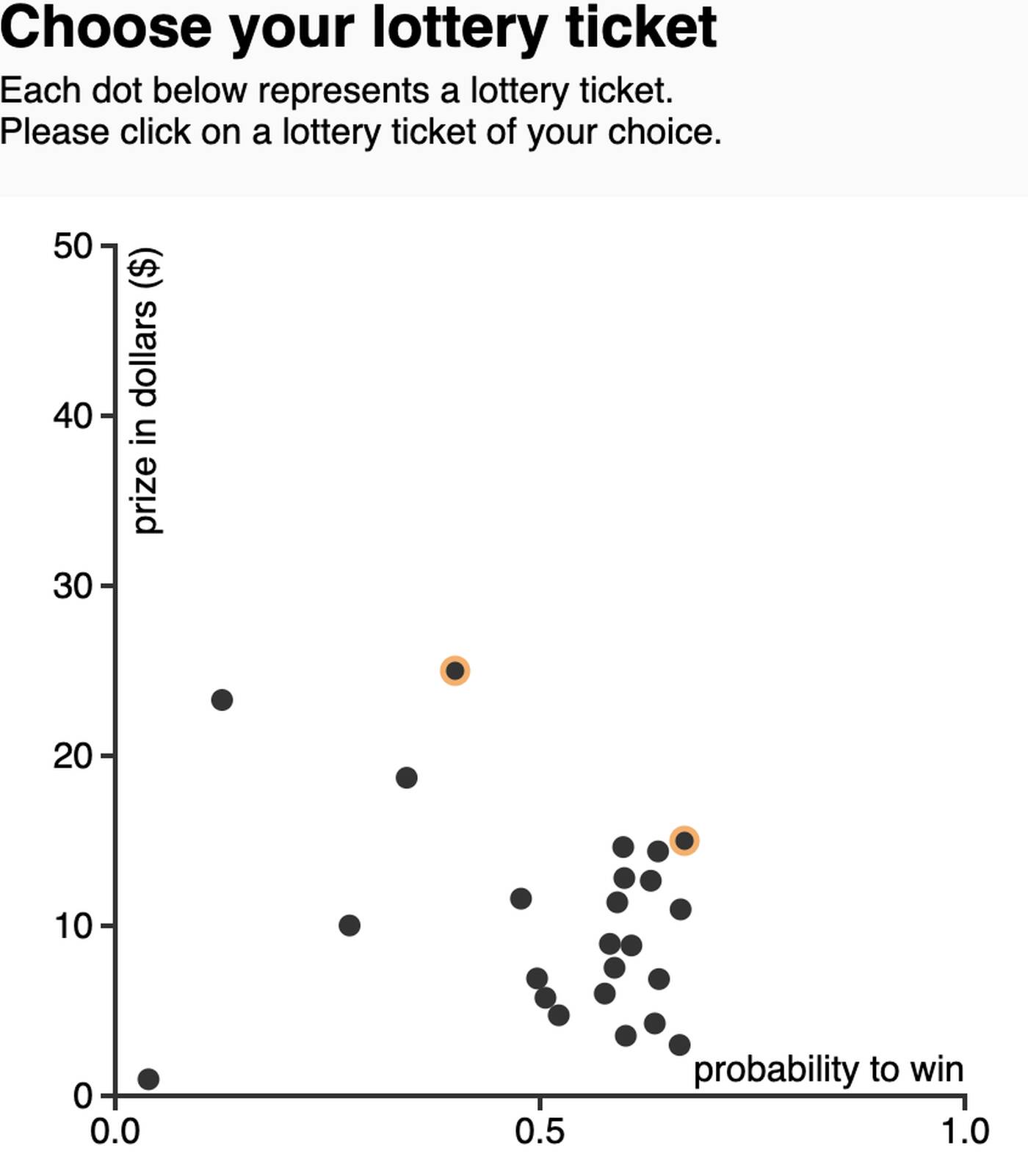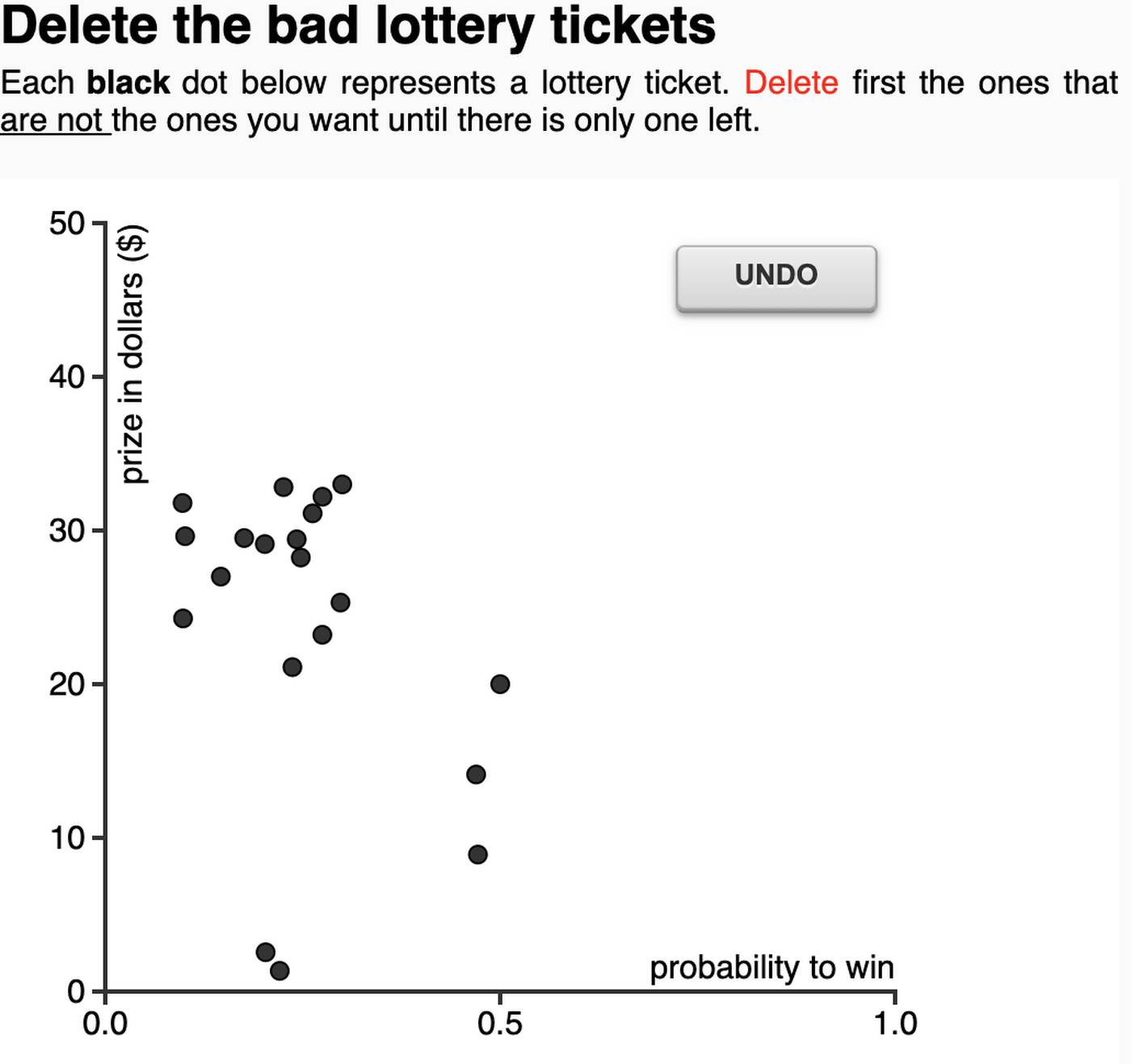Featured Faculty
Professor of Psychology, Weinberg College of Arts & Sciences; Professor of Design, McCormick School of Engineering (Courtesy); Director, Northwestern Cognitive Science Program; Professor of Management and Organizations (Courtesy)

Michael Meier
Steve Franconeri was reading a newspaper online when another window popped up, urging him to subscribe. As a psychologist, he immediately realized he was being targeted with a familiar psychological tactic.
The window listed the newspaper’s three subscription options. The first was a basic, no-frills subscription. The second tacked on a few additional features for a substantially higher price. But the third was an all-access print and digital subscription, with crossword puzzles and recipes—yet it was essentially the same price as the second option.
“And it was clear to me that second one was only there to make that last subscription option look better,” says Franconeri.
The newspaper was taking advantage of what psychologists call the “attraction effect,” a cognitive bias that makes certain options seem more appealing than they otherwise would. The attraction effect comes into play when someone faces a decision that overwhelms their mind’s processing capabilities. This leads to choices based on quick and dirty strategies that are not entirely rational, explains Franconeri, a professor of management and organizations at the Kellogg School (courtesy) and a professor of psychology in the Weinberg College of Arts & Sciences.
But previous research has shown that visualizations can make complex information easier to interpret. So, in a recent paper, Franconeri joined other researchers to test whether visualizations might make us less susceptible to the attraction effect, and thus more rational.
Franconeri, Evanthia Dimara and Gilles Bailly of Sorbonne University, and Anastasia Bezerianos of Université Paris-Sud compared the effectiveness of two interactive data visualizations. They first tested a straightforward display that simply highlighted the optimal options. To the researchers’ surprise, this approach failed to eliminate the attraction effect.
They then tested an interactive visualization that broke down a complicated decision into a series of simpler choices. Under this scenario, decisions finally become more rational.
The results suggest that visualizations may be most useful when they help, rather than replace, human judgment, Franconeri says. “This type of interaction between humans and computers is the future of complex decision-making.”
Psychology research over the last 50 years has discovered countless ways that people will default to cognitive shortcuts, or biases, when confronted with complex information. This helps explain why we use stereotypes to make decisions, buy into false news narratives, or give superstar athletes the benefit of the doubt on the field.
“People tend to snap to more biased, or gut-level, ways of making decisions,” says Franconeri. “And that can be dangerous, because that’s when people can become more and more irrational.”
“We thought that ... helping people ignore those inferior competitors would cause them to make perfectly rational decisions.”
The attraction effect, also known as the “decoy effect,” is one particularly pervasive bias, which comes into play when people have to evaluate a choice with several dimensions.
Franconeri gives the example of a consumer shopping for a new laptop. They might rate an Apple laptop 10 out of 10 for design, and rate a Windows laptop 10 out of 10 for user-friendly features. Assuming both factors are equally important, the consumer should theoretically be just as happy with either computer.
But if you introduce a third option that is similar—but inferior—to one of those options, the attraction effect kicks in, and makes one of the choices much more appealing.
“You can show somebody a computer that’s only an eight or a nine in terms of design, as opposed to the Apple, which was a ten, and that makes people want the Apple more,” he explains. “Even though a moment ago it was a toss-up, having this third completely irrelevant competitor makes you want the Apple more. And people can’t explain why they want the Apple more. Something in their brain just makes them want it.”
The attraction effect can bias people in all kinds of contexts that require you to evaluate multiple factors at once, from that consumer shopping for laptops, to an executive choosing where to open a new office. (It’s even been observed in hummingbirds and amoebas.)
However, a growing body of research has found that changing how information is visually presented can often alleviate other cognitive biases.
Could visualizations help reduce this particular cognitive bias as well?
In the experiments, participants were shown a group of lottery tickets displayed on a grid, with each ticket having a different payout and chance of winning.
Importantly, two of the tickets on each grid were objectively better choices than all of the others. That is, if you calculated the expected value of each ticket based on its odds and potential payoff, these two were equally valuable, and superior to the rest of the tickets. (A quick primer before the experiment showed participants how to identify which tickets were the most valuable.)

Since the two best options were equally good, someone acting perfectly rationally might select either one.
But the researchers knew that people were not perfectly rational. Two of Franconeri’s coauthors had previously conducted a study wherein they included decoy tickets on the grid, which were close to (but worse than) one of the best tickets. These decoys, they found, successfully nudged participants to choose the “closer” ticket over its equally good counterpart.
Franconeri and colleagues wanted to know if more sophisticated versions of this visualization, which more directly influenced how the participant evaluated the lottery tickets, could overcome the pull of these decoys, and make participants equally likely to choose either ticket. To find out, they ran two experiments.
In the first, they simply highlighted the two best options on the grid in orange. “We thought that getting people to just pay attention to the two obviously better options—helping them ignore those inferior competitors—would cause them to make perfectly rational decisions,” says Franconeri.
That was not what happened. “It helped a tiny bit, but it didn’t make the bias go away,” he says.
In the second experiment, participants were instructed not to pick their preferred ticket straightaway, but instead to eliminate the tickets they didn’t want, one by one.
The idea, says Franconeri, “was to force them to deliberately get rid of unwanted choices—just compare A and B, just compare B and C, just compare A and C”—until there was only one ticket left on the grid.

Whereas the first visualization had sought to counteract the cognitive overload behind the attraction effect by helping people ignore the decoys, this visualization sought to counteract it by breaking down one very complex choice into a series of smaller, easier choices. “When people make these decisions one at a time it’s easier to respect the brain’s natural capacity limits,” Franconeri explains.
And this time, it worked: When participants deleted tickets one by one, they were no more likely to end up with the ticket near the decoys than the other best ticket. The attraction effect had disappeared completely.
Many companies use the attraction effect to their advantage, to nudge consumers towards a more expensive purchase, for instance. But for organizations genuinely interested in helping customers make less biased decisions—say, an online marketplace trying to maximize customer satisfaction—the research suggests a way forward.
For instance, the attraction effect often has a powerful pull for online shoppers. So companies could design an interactive shopping tool similar to the researcher’s elimination experiment. “And you could do it by adding something as simple as a ‘delete’ button,” says Franconeri.
To see how this might work, imagine someone looking for a hotel: If the majority of hotels on a travel website have pools, the attraction effect may bias shoppers toward a hotel with a pool over another hotel that suits their needs equally well, but has no pool. But if the website prompts them to delete the options they don’t want, one by one, they might come to a less biased decision.
More broadly, Franconeri says, the research demonstrates a concrete way that information displays can effectively combine the unique strengths of humans with the unique strengths of computers.
Without help from a machine, people may struggle to break down a tough decision into its components, Franconeri explains. That is, while an online shopper could ostensibly shop for hotels by eliminating one at a time, it takes a lot of cognitive effort to figure out where to start, and to remember which ones you’ve already eliminated. “But that’s what computers are great at,” he says.
On the other hand, it is extremely difficult for an algorithm to determine which consumers want a hotel with a pool, or whether a person would prefer a safer or riskier lottery ticket.
“It just doesn’t have the context, or experience, or real-world knowledge to make that decision,” Franconeri says.
Therein lies the benefit of using machines to enhance human reasoning without supplanting it altogether, he argues. “You can build some logical rules and guide people through this more balanced process.”